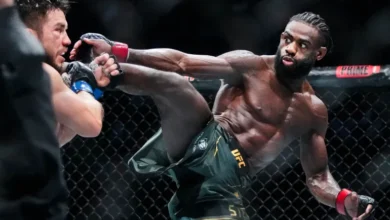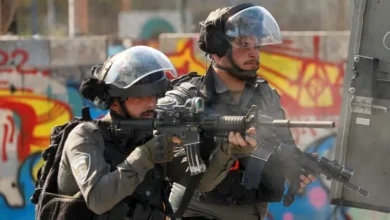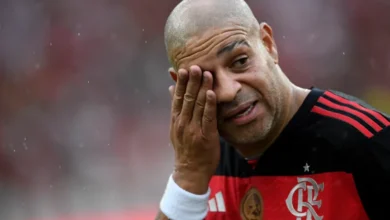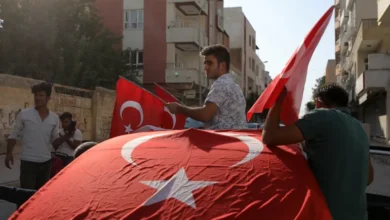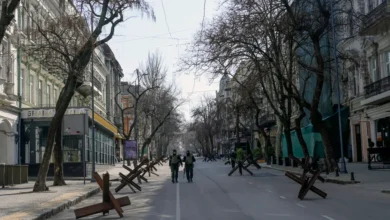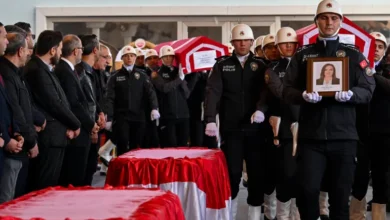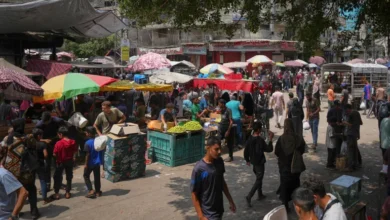Who was Mohammad Reza Zahedi, an Iranian general killed by Israel in Syria?
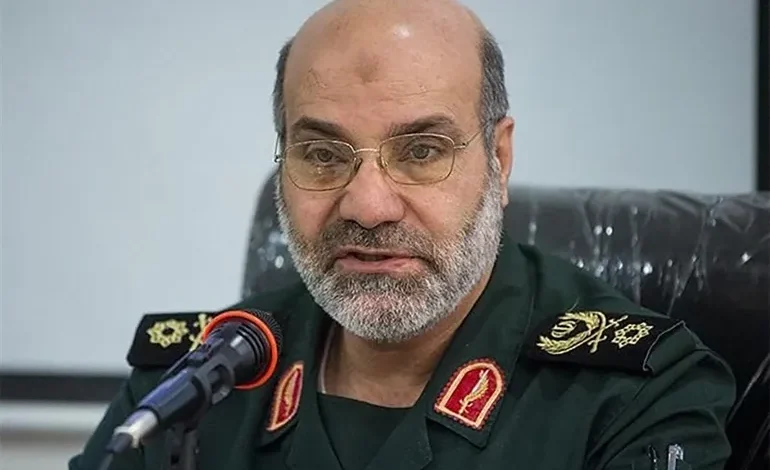
Brigadier General Mohammad Reza Zahedi, a senior commander in Iran’s Islamic Revolutionary Guard Corps (IRGC), has been assassinated by Israel in Syria.
He was killed with six other people, including another Iranian general, when Israeli warplanes fired multiple missiles at the Iranian consulate in Damascus on Monday, levelling it.
Iran’s supreme leader, Ayatollah Ali Khamenei, said Tehran will make Israel “regret” the daylight attack on the diplomatic mission, carried out as its war on Gaza rages.
A career in the military
Zahedi was born on November 2, 1960, in Isfahan in central Iran.
He joined the IRGC when he was 19, two years after Iran’s 1979 revolution. Soon after, Iran was plunged into an eight-year war when neighbouring Iraq, led by Saddam Hussein, invaded.
Zahedi rose through the ranks and from 1983 to 1986 took command of an important brigade of IRGC ground forces that was used to break enemy lines in multiple major operations.
He was then promoted to commander of the 14th Imam Hossein Division, another major part of the Iranian ground forces organised during the war. It went on to participate in a variety of key operations. Zahedi held the post until 1991, several years after the war ended.
The next record of his ascent through Iran’s military ranks came in 2005 when Zahedi was briefly the commander of the air force of the Revolutionary Guard. In the same year, he was given command of the IRGC ground forces, a post he held for three years.
During that time, he also spent a year at the helm of the Thar-Allah Headquarters, which is predominantly tasked with ensuring security in the capital, Tehran.
From 2016 to 2019, the brigadier general served as the IRGC’s deputy for operations as well.
A figure of Iran’s regional influence
From at least 2008, Zahedi was heavily engaged in advancing Iran’s reach across the region, having joined the Quds Force, the elite foreign operations arm of the IRGC, as a commander.
He led operations in Syria and Lebanon, two countries where Iran’s political, religious and military influence has flourished in the decades since its Islamic revolution.
In that capacity, he was one of the top figures facilitating Iran’s support for the government of Syrian President Bashar al-Assad as the Arab nation plunged into a war that has lasted for more than a decade and has left al-Assad in power in a fractured country.
Zahedi was the highest ranking Iranian military commander to have been killed since Major General Qassem Soleimani, head of the Quds Force who was assassinated by the United States in a drone strike in Iraq in January 2020.
Soleimani, a main architect of the “axis of resistance” of US- and Israel-opposed armed and political groups across the region, had worked for decades to provide political and military backing to groups in Iraq, Lebanon, Syria and Yemen and assist Palestinians in their struggle against Israel.
The air strikes on Monday are the latest in a series of escalating Israeli attacks that have targeted Iranian commanders in Syria. Another strike in late December killed senior commander Sayyed Razi Mousavi.
A longtime target of Israel
As a major representative of Iranian interests across the Middle East, Zahedi was watched by Israeli intelligence for years.
On many occasions, Israeli media named Zahedi – and published images of him – as one of the top IRGC-Quds Force officials sought by Israel along with Saeed Izadi, a top Iranian military liaison to Palestinians who was initially also rumoured to have been killed on Monday. The speculation was later rejected.
Zahedi’s deputy, Brigadier General Mohamad Hadi Haji Rahimi, was also killed in the strike.
Images of Zahedi released by Iranian media after his assassination show him with other top Iran-aligned figures in the region.
One undated but decades-old image shows him standing next to Soleimani along with top Hezbollah figures, including leader Hassan Nasrallah and Israeli-assassinated former second-in-command Imad Mughniyeh.

